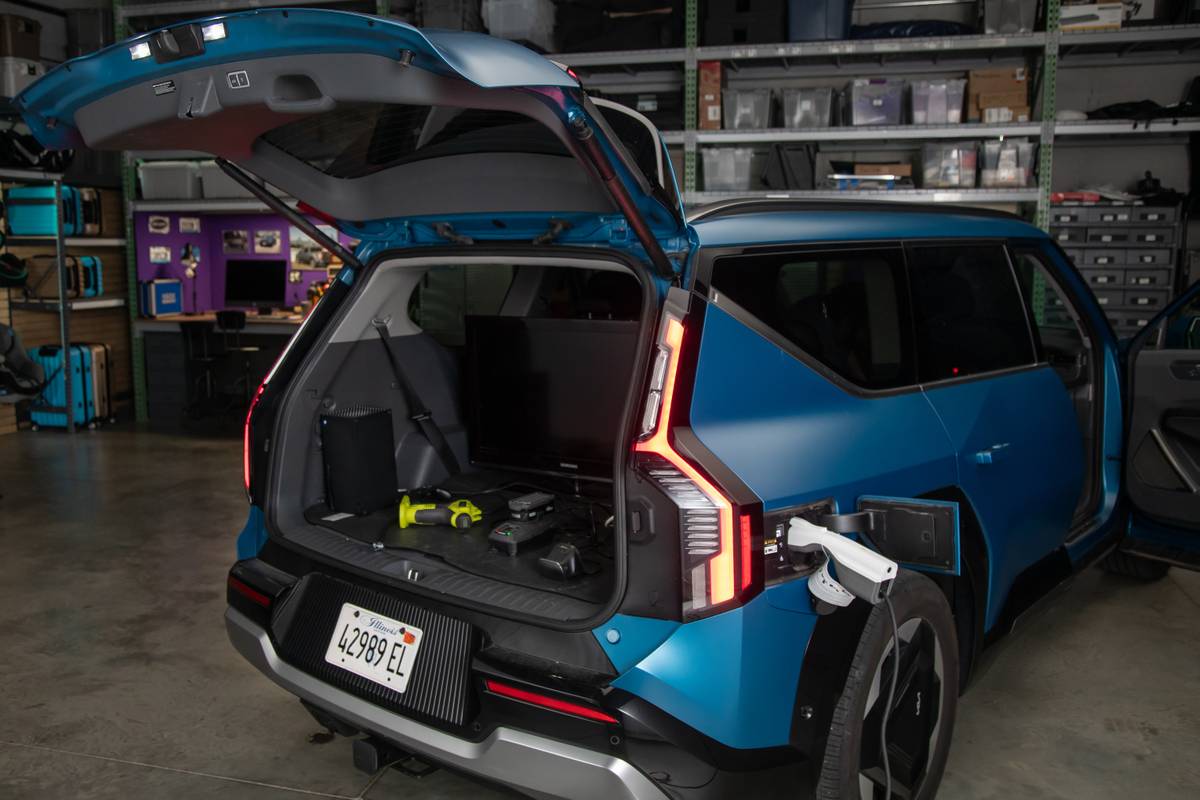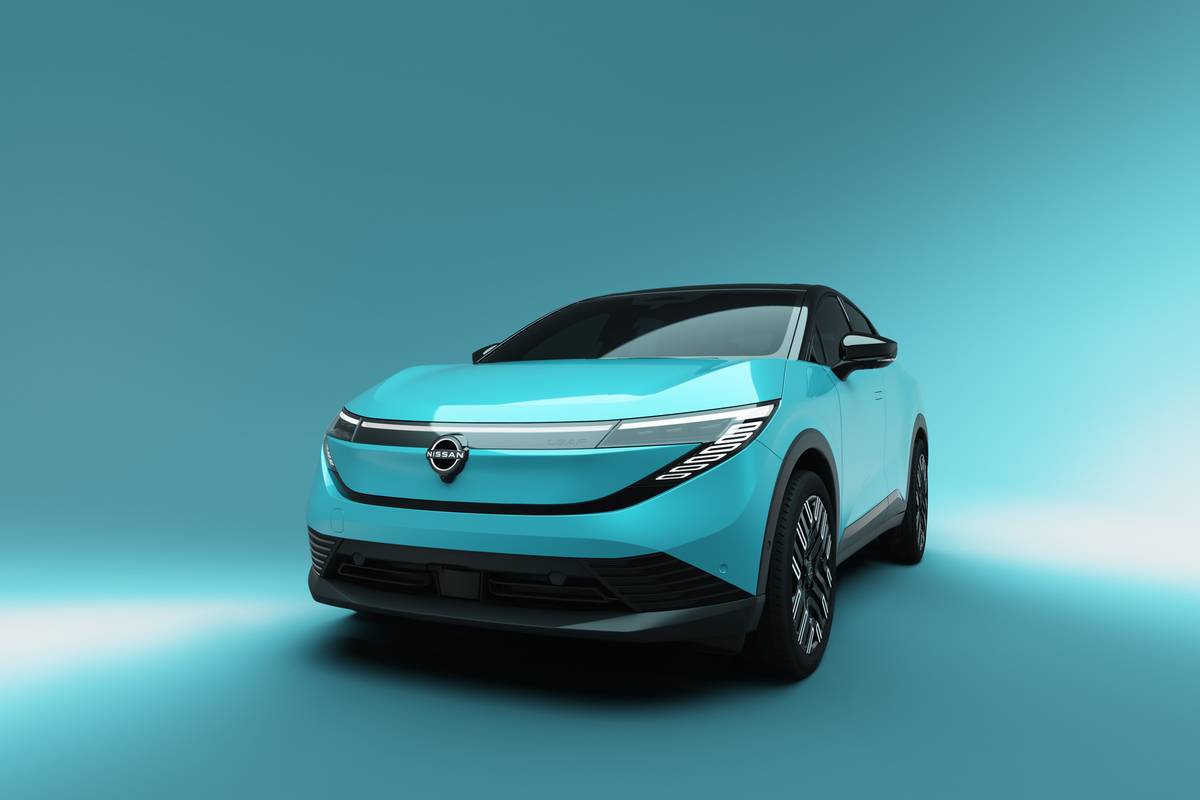TheMercuryNews.com's view
Much improved for 1999, the Chevy Tracker still falls short of the competition.
Blame it on a weak engine. And weak marketing.
This small sport-utility should be a hit. The mainstream shoppers who will look at this Chevy truck likely would also consider the offerings from Ford and Dodge. Except that Ford and Dodge don’t have a Tracker equivalent in their showrooms.
No, the Tracker’s main competition comes from import brands: the Honda CR-V, Toyota RAV4, Kia Sportage and Subaru Forester.
Yet, despite the prominence of the Chevy name and its large dealership body nationwide, the Tracker gets shellacked in the sales race.
Through the first half of the year, Honda had sold 60,000 CR-Vs, Toyota had sold 30,000 RAV4s and Subaru had sold 25,000 Foresters. Even Kia dealers had sold 24,500 Sportages. Chevy, with only 17,500 Tracker sales, shares the smallest slice of the small-SUV pie with Suzuki (14,200 Vitara/Grand Vitara sales).
For 1999, the four-door Tracker — now sold as a Chevrolet with the demise of the Geo brand name — gets solid improvements. On the inside, the seats and instrument panels are new, giving the Tracker a contemporary look and feel. There’s more room in the back seat for passengers or, when the rear seat is folded, much more cargo room. Now, it’s a comfortable vehicle for four people that can actually hold five people, albeit with a good bit of squeezing in.
The exterior has a fresher look that, while still conservative, gives the four-door Tracker a more substantial profile.
On the road, the Tracker benefits from a new rear suspension, an improved independent front suspension, a wider track and recirculating ball steering. It all adds up to improved ride and handling.
The 127-horsepower, 2.0-liter four-cylinder is all-new, too, but it’s still less than satisfying. When combined with the automatic transmission, the four-door Tracker we tested felt underpowered. That was especially true from a standing start as well as climbing any incline.
After a week and 300-plus miles in the Tracker, the less-than-adequate engine greatly outweighed the vehicle’s other improvements on my personal buy-it-or-boot-it chart.
The key competitors top the Tracker — in either road feel, real numbers or both. The RAV4, for instance, also offers a 127-horsepower, 2.0-liter four. But I find it superior to drive. The CR-V with a 146-horsepower, 2.0-liter is clearly superior. The 165-horsepower, 2.5-liter four in the Forester remains the class leader.
So why doesn’t Chevy push the Tracker more? Simply because it’s a result of one of those General Motors joint-venture projects, this one with Suzuki in Ontario, Canada. Suzuki’s product, the Vitara, gets all of the same improvements as the Tracker for 1999. Suzuki also sells the Grand Vitara, which gets a 155-horsepower, 2.5-liter V-6 engine that Suzuki doesn’t make available to Chevrolet.
Chevy first sol d the Tracker in 1990. For the 1999 model year, it comes as either a two-door convertible or a four-door hardtop. The two-door has an anemic 97-horsepower, 1.6-liter four as the standard motor. The 2.0-liter four is standard in the four-door model and an available option on the two-door version.
Priced from $15,935, the four-door Tracker is among the cheapest four-wheel-drives on the market. That’s $1,800 less than the RAV4 and nearly $3,000 cheaper than the CR-V four-door, four-wheel-drive base models. However, our test vehicle needed nearly $5,000 in options to get it up to an equipment level that most buyers would find acceptable. Items such as air conditioning, cruise control and an automatic transmission were extra-cost options on the Tracker we drove.
1999 CHEVROLET TRACKER
What we drove: 1999 Chevrolet Tracker, a four-door sport-utility with a 2.0-liter four-cylinder engine, a four-speed automatic transmission and a four-wheel-drive system.
se price: $15,935
Price as tested (includes options and delivery charge): $20,811
Curb weight: 2,860 pounds
Length: 159.8 inches
Turning circle (curb to curb): 34.8 feet
Standard features: Dual front air bags, daytime running lights, AM/FM stereo, full carpeting, outside-mounted full-size spare tire, split folding rear seats, rear window defogger.
Options on test vehicle: Rear window wiper/washer, four-wheel anti-lock brakes, cruise control, automatic transmission, tilt steering, AM/FM stereo with compact disc, roof rack, convenience package with power windows, power door locks, power mirrors and keyless entry, option package with air conditioning, upgraded stereo and alloy wheels.
EPA figures: 23 mpg (city); 25 mpg (highway)
Latest news



